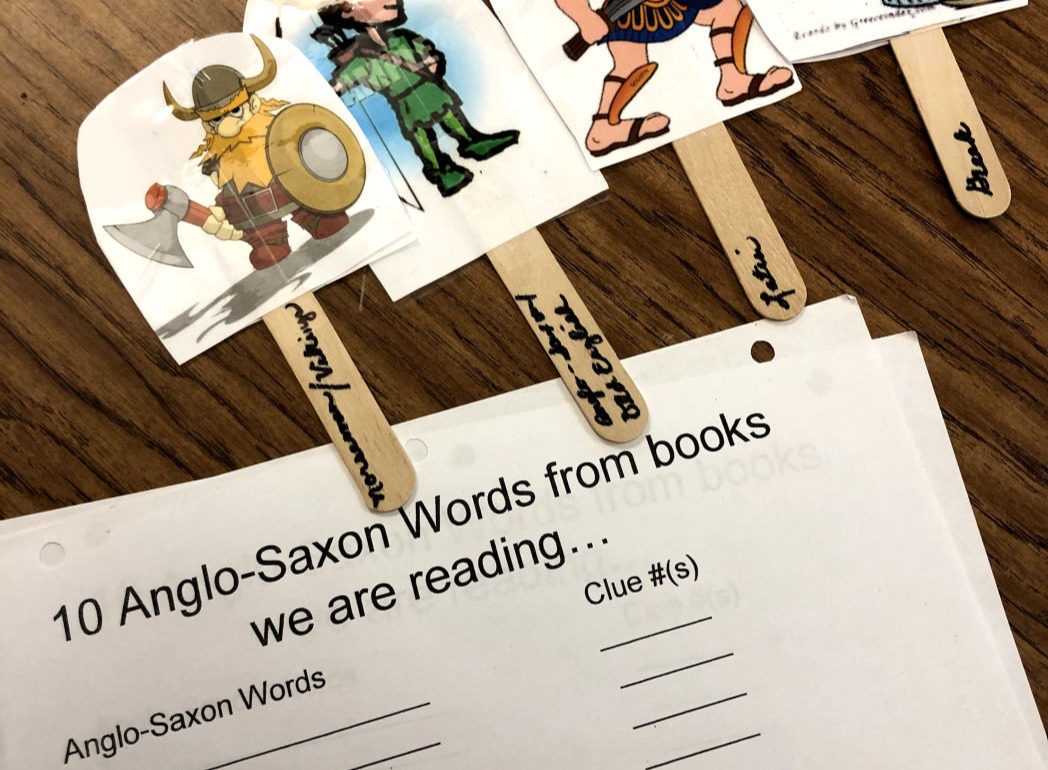
01
TAKE FLIGHT PHONEME TILES
In order to strengthen phonemic
awareness I instruct students with these movable color tiles to manipulate
sounds by changing the initial, medial and ending sounds of words.
02
WORD DETECTIVE
Word Detective is taught for
three weeks at Bridgemark. The students are presented with the story of word
origins using the puppets. They literally become word detectives. I then review
the learning throughout the year with this form. I use a form for Anglo-Saxon,
Latin and Greek words.


03
SOUNDATIONS
I use instructional strategies
from Soundations to aid in teaching phonemic awareness by using tiles to
segment sounds in sentences and words. This instruction reinforces the
alphabetic principle.
04
ELKONIN SOUND BOXES
I use the Elkonin sound boxes to
segment sounds in words. The student says the word while touching the circle.
The red box is the initial sound, and the blue box is the word family. The arrow
is the repeat of the word going from left to right. The word can also be
segmented using each sound or word only with left to right regression.


05
MONTESSORI LETTERS
This a five year old boy I tutor
as a beginning reader in Beginning Book I SEE. He enjoys the feel of the letters
on the Montessori letter boards. Here he is learning to write the cursive
capital A.







Let's Get
Social